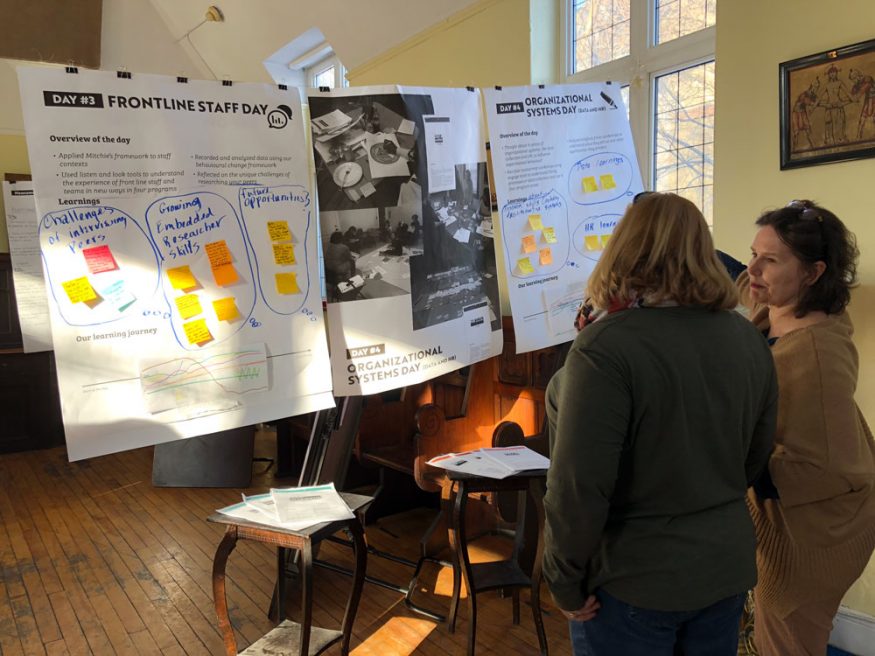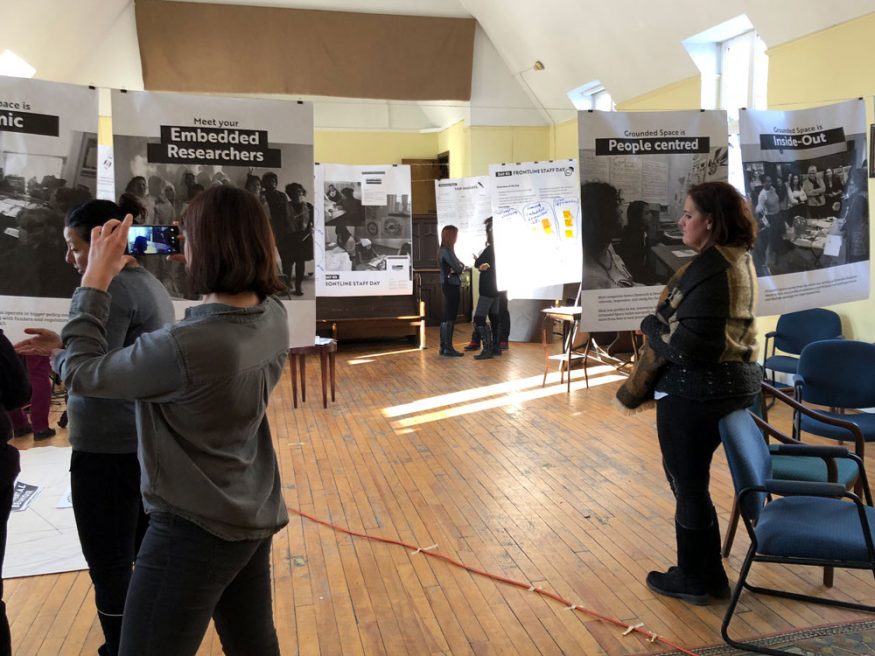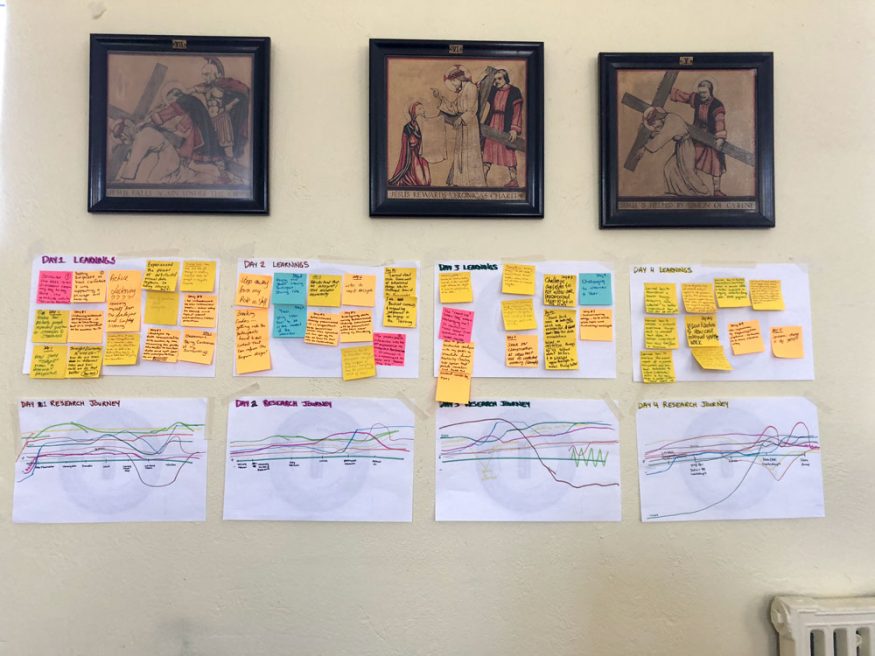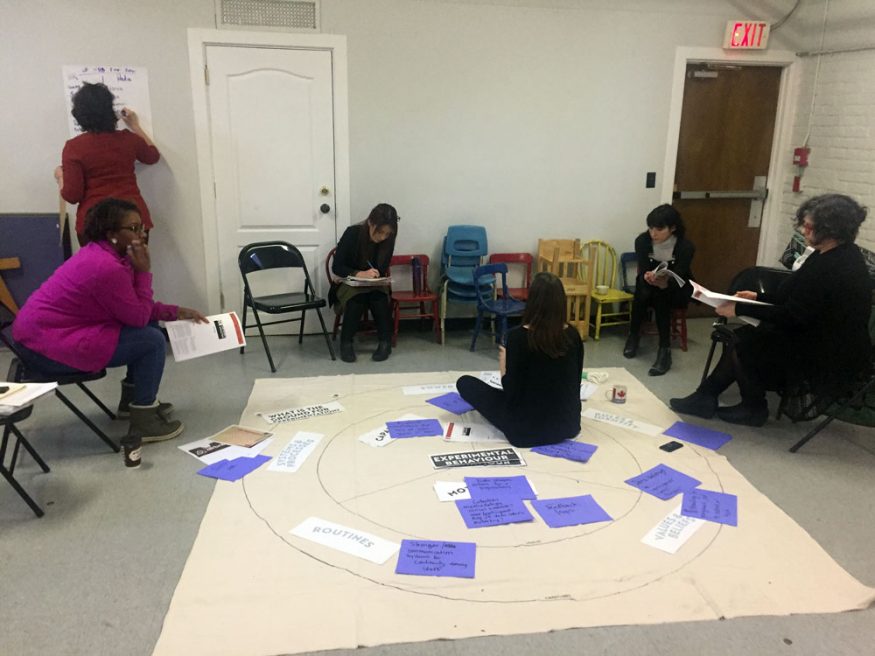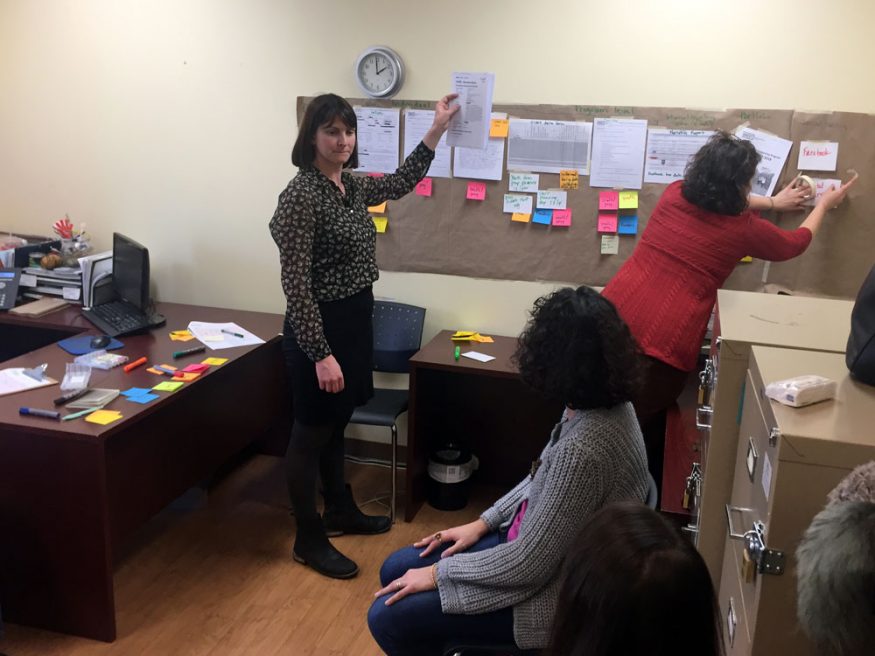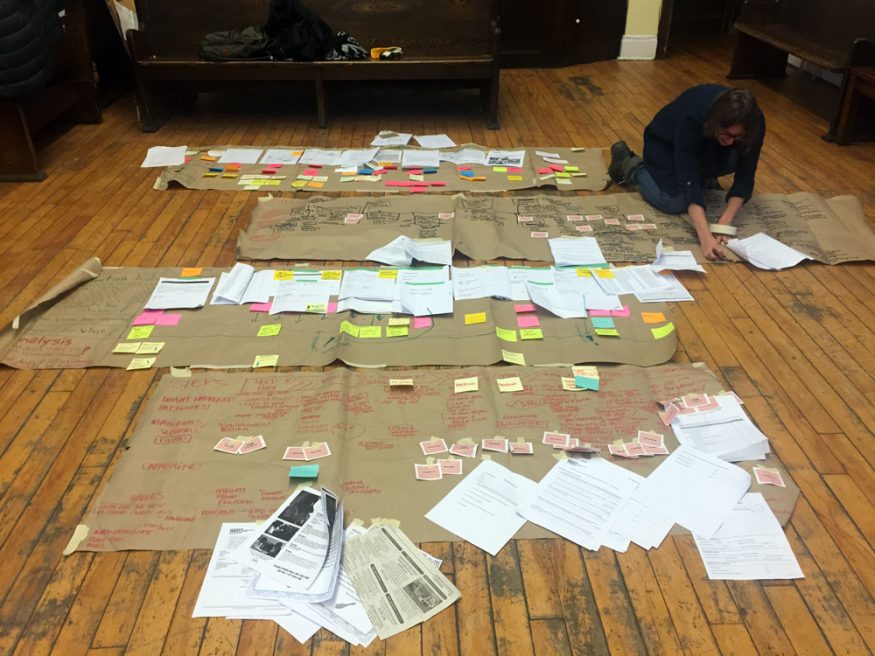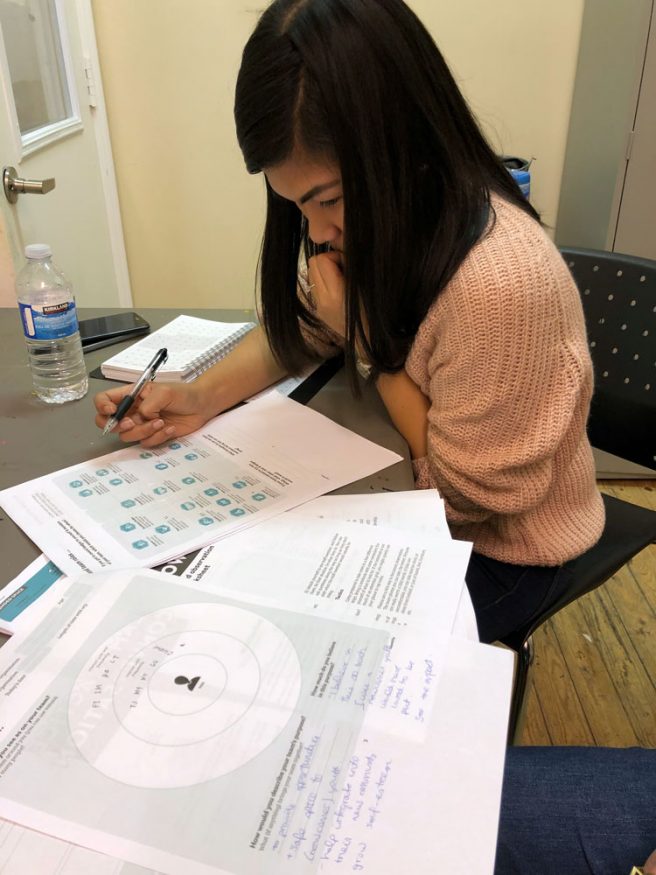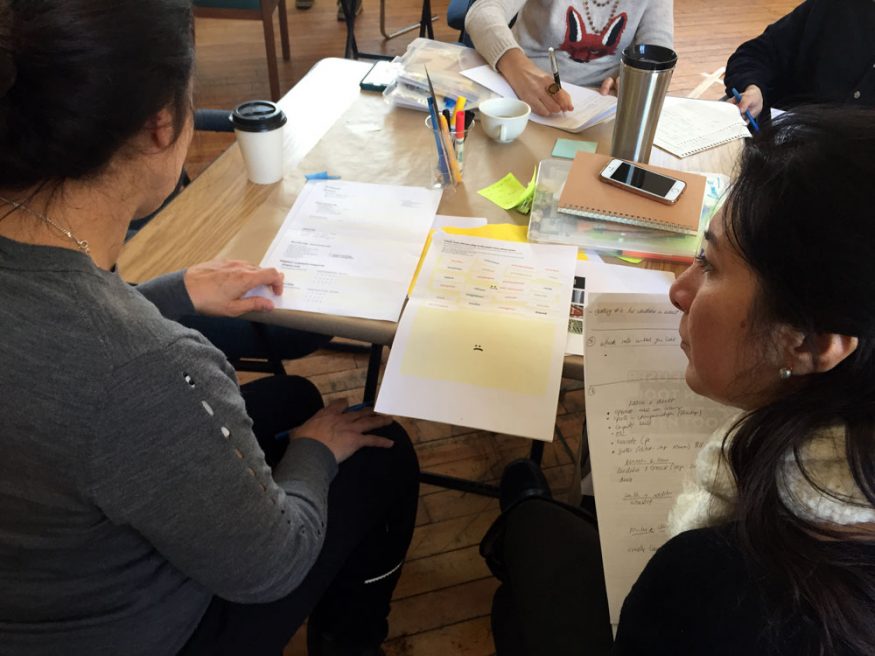In these posts we try to capture what we did this week, and what we learned doing it. Each Friday, we all take 15 minutes to post a photo and type up our notes and reflections. In this way, we’re hoping to be able to look back on our work with a critical eye, and learn as a team. Download our week statement above, to see what we worked on this week. Read on below, to see what we’re making of it all.

Training an embedded Research team: v3.1
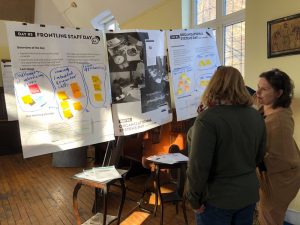
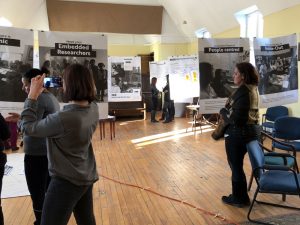
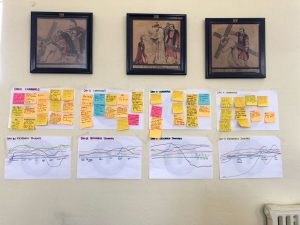
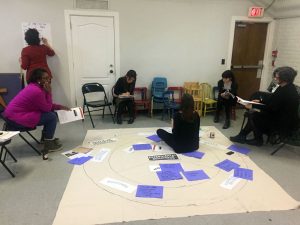
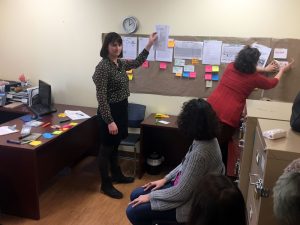
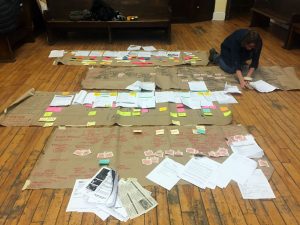
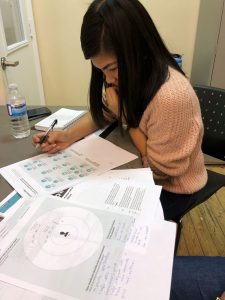
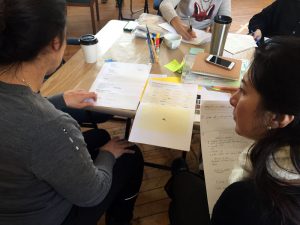
Using our newsletter to keep engaged a growing group of people around Grounded Space
By Jonas Piet

What did we do?
Jonas has spent about 2 days on designing and putting together a newsletter (and thw related blog posts) with content produced by teammembers. Valentina (experiences on the team), Brandon (glimpse of an embedded research team), Jennifer (surrey process and update), Gord (essay on scale), Natalie (returning stories to people in Edmonton) have all contributed content Truly collaborative! We have to find a good way to keep a growing group of people involved in what we do (funders, local teams, fans, etc) to build the network we’re needing to bring in practitioners, finance, talent, etc, into grounded space.
What did we learn?
Im curious to hear responses from people on receiving the newsletter to understand better what they think of the choice of content and the format. This version has a higher image / text ratio than we normaly do. It’s also the first time we embed a video. Jonas is already learning that it need an extra day to get people to approve for their content (a video about them, or a text written by them) going in to the newsletter.
Hunch: we need more calls to action. This newsletter is ‘just’ informing, but I’d love to activate people to do something, such as reading somehting, responding to something, trying something out.
Synthesizing raw data from ethnographic research
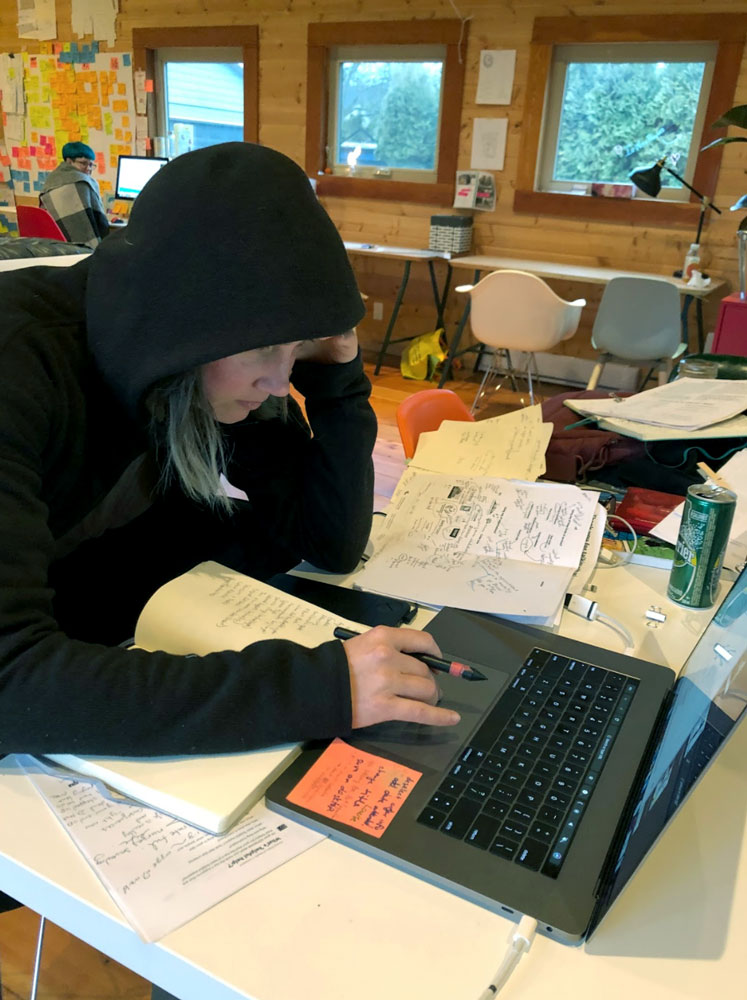
What did we learn?
The shared google doc inhibited writing, and adaptability. The design format changed too many times, and the document wasn’t adjusted to match. Working directly in InDesign was easier spatially, the challenge, it was not easy to edit in InDesign. In the end writing quick ideas, thoughts with a pencil in my notebook, combined with extracting quotes and creating categories, tags and moving things around in a stripped down text editor, allowed me to cut and paste and manipulate the words so they worked with the InDesign file—ish.

How to distill information into a half-letter sized profile out of a day's ethnography?
By Muryani

What did we do?
In December 2017, we spent two weeks in Surrey to talk to people living rough or in Ted Kuhn towers to understand people’s lived experience as well as social service staff, and identify pain points, themes and areas of opportunities. This week, Jennifer, Melanie and I went through our notes from the ethnographic research in Surrey, as part of the Quick Dive project with Options. From our notes, we created People Profile Cards as a tool for synthesis and analysis. We’re bringing this tool to our playback events next week with Options staff team and with the other partner organizations as a starting point for a larger question: how do we use this ethnographic data to create interventions that could work for people? How do we help organizations to collect and use this type of data as a way to continuously improve and develop social services?
What did we learn?
We learned so much from being on the ground. It was challenging to narrow down the richness of the insights we collected into a double-sided half-letter size. We decided on this format because we think these are the most interesting insights that we could bring into a synthesis process to start thinking of the “what if” and “what could be”. We’re going back to the people we talked to to have the final round of consent. We see this as a crucial part of our process to make sure that we represent people’s stories accurately.
Communication as team-generated content
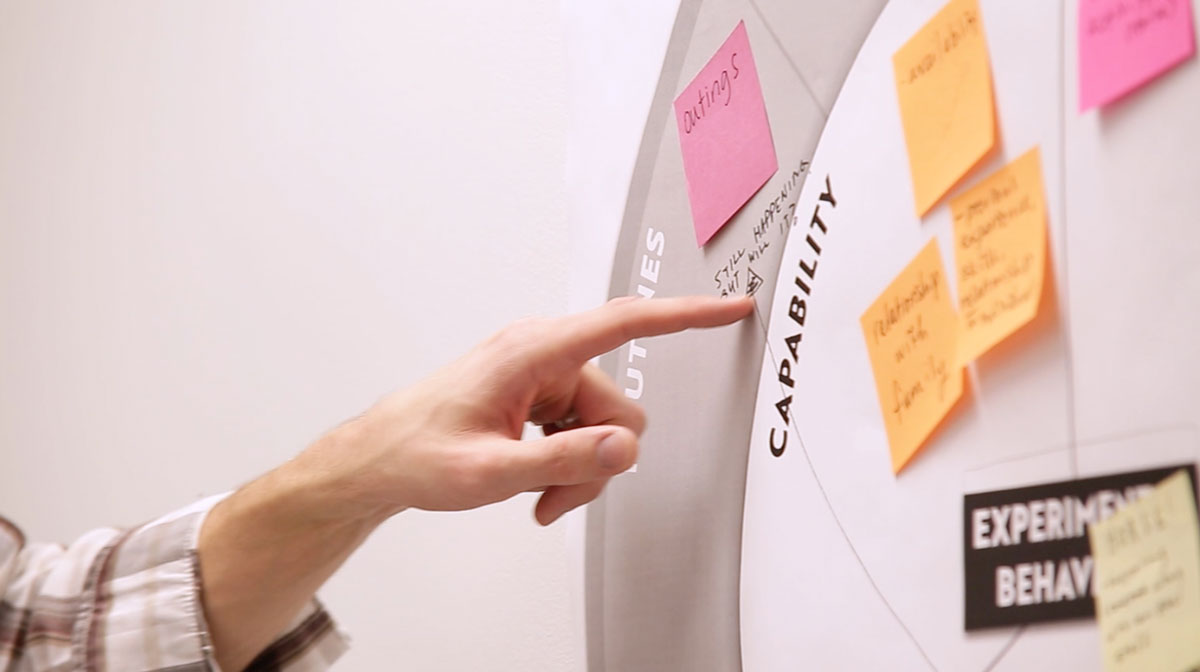
What did we learn?
One resonating aspect of Grounded Space is its idea of a collective of innovation. As cool as it is to make videos one major importance of creating media is so the collective has a way to communicate but not just in a results — based way but a human way — a relatable way. A more vivid means to communicate connects people to ideas and give us a chance to speak to a larger vision at every point of communication.
We’re learning different options for creating content that Grounded Space can facilitate.
How to get embedded teams into visualizing?

What did we do?
We are re-setting each team’s space to reflect the research they are doing and have a clear plan for the coming weeks. You can see how they are starting to visualize in graphs and diagrams the progress of their research on the blackboard.
Each team started by thinking what do the want to track and prioritizing what information is more helpful to see in a dashboard. This is part of an effort to build capacities within teams, start developing their visual thinking and information design skills by trying things out and using it in their process.
What did we learn?
We are learning that going through the process of creating this space and having a visual reminder sparks conversation about the kind of information that is being collected, diversity of the sample of people, and moments they are researching, as well as helping them to keep track and aligned in their process and goals.
